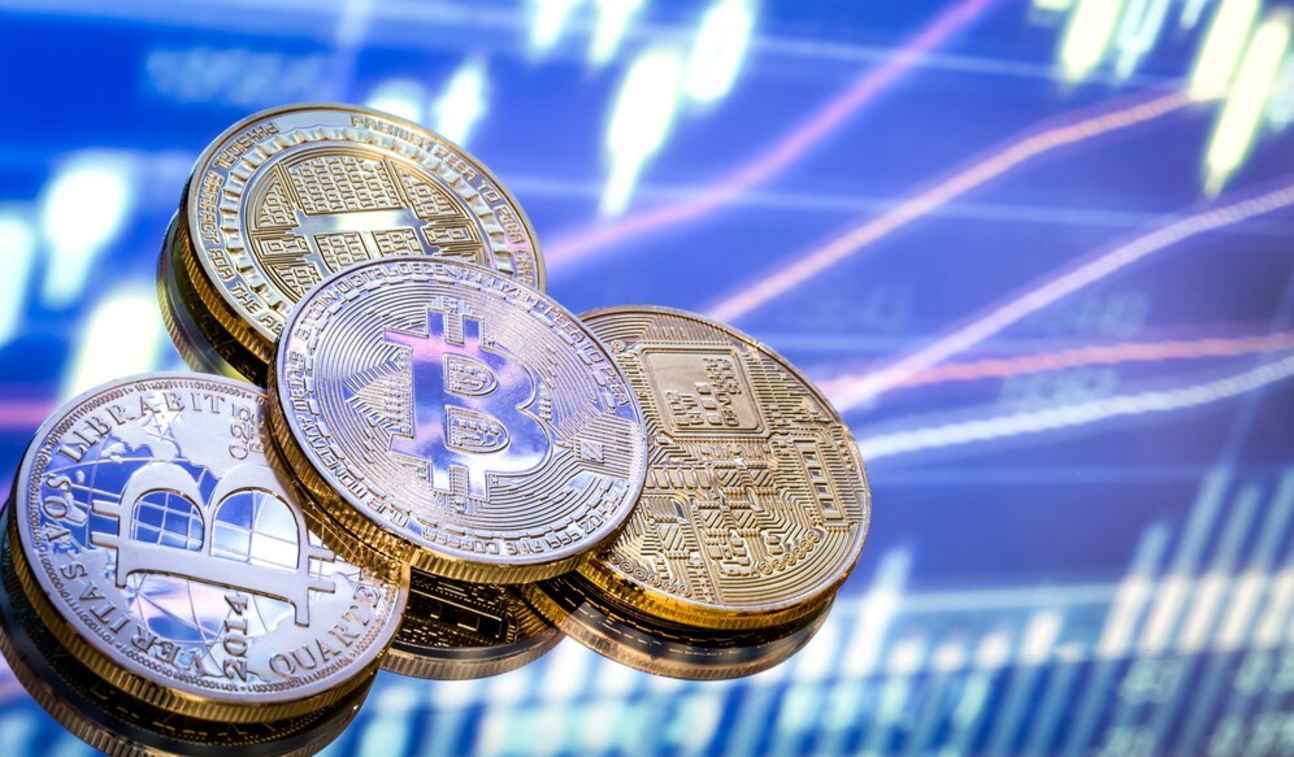In the age of digital ownership, people pay real money for virtual assets that don’t physically exist—NFTs, in-game items, digital currencies, and even virtual land. But what drives this behavior? And how is it influencing the global economy?
As access to digital platforms expands, especially in developing regions, virtual economies are becoming more than just entertainment—they’re becoming viable spaces for trade and value creation.
For example, platforms like https://arabiccasinos.com/ highlight how users engage with digital ecosystems where scarcity and value go hand in hand.

As digital platforms mature, virtual economies increasingly mirror real-world financial behavior—blurring the line between game currency and global commerce.
What Is Digital Scarcity, and Why Does It Matter?
In traditional economics, scarcity drives value—gold, land, and oil are valuable because they’re limited. However, scarcity is intentionally created in digital spaces, and the effect is the same.
Digital scarcity means virtual items are made rare on purpose—through limited releases, time-restricted access, or exclusive achievements.
With scarcity, the value of digital assets comes not from utility—but from exclusivity.
Common tactics include:
- Limited Supply: Only a set number of items are issued.
- Timed Access: Items are available for short periods only.
- Locked Content: Access is restricted to top users or specific achievements.
This scarcity triggers psychological responses like urgency and status-seeking. People want what few others have.
In digital economies, that demand turns even virtual goods into tangible assets—with emotional and financial value attached.
Also Read: Voice Cloning Technology: Creating Personalized Digital Experiences
Digital Assets as Tools for Financial Access
Digital assets now go beyond collectibles—they’re becoming practical financial tools, especially in regions with unstable banking systems or limited financial infrastructure.
With just a phone and internet, users can now:
- Earn game currency and convert it to real-world value.
- Get paid in crypto, avoiding banking delays and fees.
- Store value in stablecoins during inflation or instability.
Platforms continue to close the gap between cash and crypto. Many providers offer fast, accessible ways to enter the digital economy without the need for banks, often providing conversion services from real currencies to crypto.
For many, these assets aren’t optional—they’re a lifeline to financial access and global participation.
Why Virtual Ownership Feels Real
Virtual goods may be intangible, but the sense of ownership they create is anything but.
Online, identity is everything—users build reputations, express themselves, and gain status through digital items.
Virtual assets, like designer clothes or collectibles, carry meaning and social weight in the real world.
For many, they invest in digital items due to several reasons, including:
- Stand out or personalize their online presence
- Signal status or achievement within a platform
- Own something rare that might gain future value
These purchases aren’t simply about function—they’re about identity, belonging, and visibility in digital spaces, and that makes them feel real.
The Risks Behind the Hype
While digital scarcity has unlocked new markets and behaviors, it also brings risks—especially as hype can sometimes outpace value.
Some concerns you should consider include the following:
- Speculation: Prices often rise on hype, not utility. Many assets lose value quickly.
- Security: Digital wallets and exchanges are vulnerable to hacks, scams, and user error.
- Lack of Regulation: Legal protections for digital assets in emerging markets are limited or unclear.
- Environmental Impact: Blockchain-based assets, especially NFTs, can carry a heavy energy cost.
As the space grows, users need to weigh the promise of digital ownership against its volatility. Like any investment, caution and context matter in the virtual world.
What’s Next: The Future of Virtual Economies
As digital scarcity becomes more embedded in online platforms, virtual economies continue to evolve from niche ecosystems into mainstream financial areas.
Several emerging trends signal where things will head:
- Decentralized platforms that enable peer-to-peer trade of digital assets without intermediaries.
- Tokenization of real-world assets—like property deeds or event tickets—that enable trade or ownership online, linking the physical and virtual economies.
- AI-generated content and dynamic NFTs redefine what it means to own something online with assets that evolve.
Meanwhile, the infrastructure supporting these systems—wallets, exchanges, and smart contracts—is becoming more accessible and secure.
These developments pave the way for broader adoption, particularly in regions where traditional finance remains out of reach.
However, the challenge remains: ensuring that these digital markets are built for sustainability, transparency, and long-term value, not just short-term hype.
Also Read: Digital Identity Verification Revolution in Online Gaming
Value Is No Longer Just Physical
The rise of digital scarcity signals a fundamental shift in how we assign, perceive, and exchange value. What was once limited to rare coins or property deeds now extends to pixels, tokens, and lines of code.
From online games to decentralized markets, virtual economies are opening new doors—especially for those left out of traditional financial systems. But as with any frontier, the potential is matched by uncertainty.
Trust, education, and thoughtful regulation will be key in shaping a future where digital assets offer more than novelty—they provide real opportunity.
The value may be virtual, but the impact is very real.




